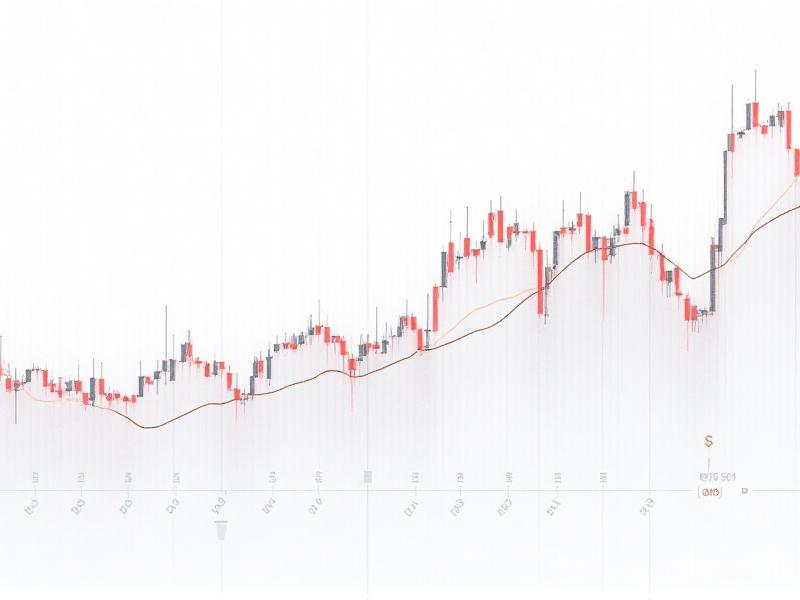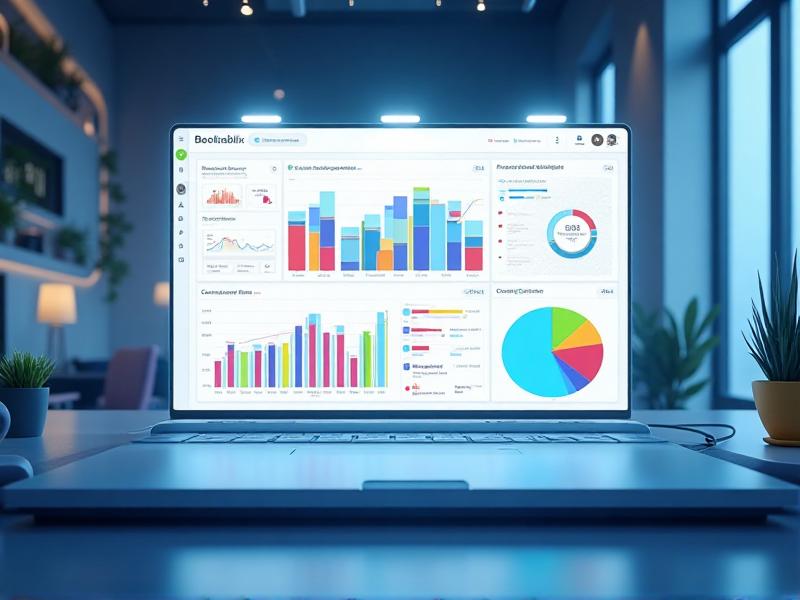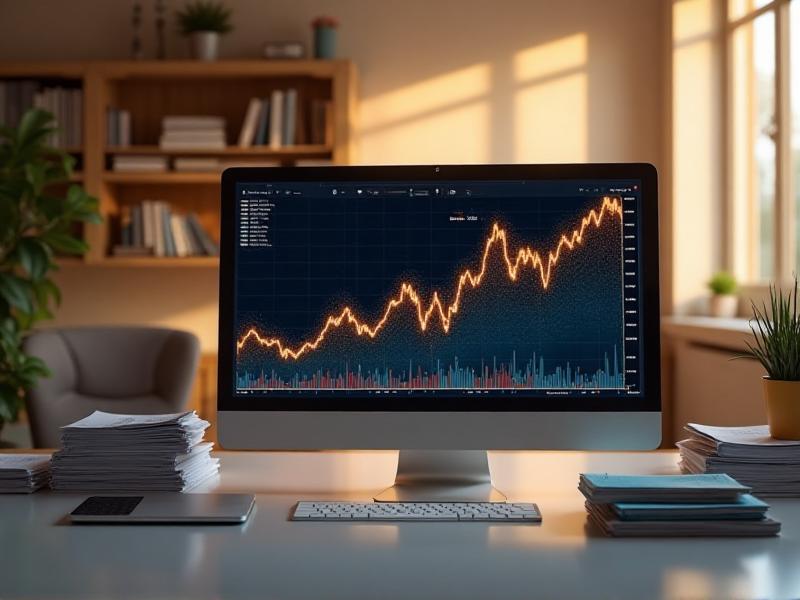
How to Save Money on Home Appliances

How to Invest in ESG (Environmental, Social, Governance) Funds

How to Invest in Real Estate Without Buying Property

How to Save Money on Home Energy Bills
How to Use Futures Contracts for Hedging
Apr 24, 2025 By Juliana Daniel
Understanding Futures Contracts: A Primer
Futures contracts are financial agreements to buy or sell an asset at a predetermined price on a specific future date. They are standardized and traded on exchanges, making them accessible to a wide range of market participants. The primary purpose of futures contracts is to hedge against price volatility, allowing businesses and investors to lock in prices and reduce uncertainty.
For example, a farmer might use futures contracts to lock in the price of their crop months before harvest, ensuring they receive a stable income regardless of market fluctuations. Similarly, an airline might use futures to hedge against rising fuel prices, protecting their profit margins. Futures contracts can be used for a variety of assets, including commodities, currencies, and financial instruments.
Understanding the mechanics of futures contracts is crucial for effective hedging. Each contract specifies the quantity, quality, and delivery date of the underlying asset. While physical delivery is possible, most futures contracts are settled in cash, meaning the parties exchange the difference between the contract price and the market price at expiration.
Why Hedging is Essential in Volatile Markets
In today’s global economy, markets are increasingly volatile due to factors such as geopolitical events, economic data releases, and natural disasters. This volatility can lead to significant price swings, creating uncertainty for businesses and investors. Hedging with futures contracts provides a way to mitigate this risk by locking in prices and reducing exposure to adverse market movements.
For businesses, hedging is particularly important for managing costs and protecting profit margins. For instance, a manufacturing company that relies on raw materials like copper or oil can use futures contracts to secure stable input prices, ensuring predictable production costs. Similarly, investors can use futures to protect their portfolios from market downturns, reducing potential losses.
Hedging is not about eliminating risk entirely but about managing it effectively. By using futures contracts, market participants can focus on their core activities without being overly concerned about unpredictable price changes. This strategic approach to risk management can lead to more stable financial performance and long-term success.
How to Identify Risks That Need Hedging
Before using futures contracts for hedging, it’s essential to identify the specific risks that need to be managed. This involves analyzing the potential sources of price volatility and understanding how they could impact your business or investment portfolio. Common risks include commodity price fluctuations, currency exchange rate changes, and interest rate movements.
For example, a multinational corporation that generates revenue in multiple currencies might face exchange rate risk. If the value of one currency declines relative to another, the company’s profits could be negatively affected. By identifying this risk, the company can use currency futures to hedge against unfavorable exchange rate movements.
Risk identification also involves assessing the timing and magnitude of potential price changes. This requires a thorough understanding of market dynamics and the factors that drive price movements. By accurately identifying risks, you can develop a targeted hedging strategy that addresses your specific needs and objectives.
Choosing the Right Futures Contract for Your Needs
Once you’ve identified the risks you want to hedge, the next step is to select the appropriate futures contract. This involves considering factors such as the underlying asset, contract size, expiration date, and liquidity. It’s important to choose a contract that closely matches the asset or risk you’re hedging to ensure effectiveness.
For example, if you’re hedging against the price of crude oil, you would select a crude oil futures contract. However, you also need to consider the contract size and expiration date. A standard crude oil futures contract represents 1,000 barrels, so you need to ensure this aligns with your hedging needs. Additionally, the expiration date should correspond with the time frame of your risk exposure.
Liquidity is another critical factor. Highly liquid futures contracts have tight bid-ask spreads and high trading volumes, making it easier to enter and exit positions without significantly impacting the price. Choosing a liquid contract ensures that your hedging strategy can be executed efficiently and at a reasonable cost.
Executing a Hedging Strategy with Futures Contracts
Executing a hedging strategy with futures contracts involves opening a position that offsets your risk exposure. If you’re concerned about rising prices, you would take a long position in a futures contract, locking in the purchase price. Conversely, if you’re worried about falling prices, you would take a short position, locking in the sale price.
For example, a wheat farmer expecting a harvest in six months might sell wheat futures contracts to lock in the sale price. If wheat prices fall by the time of harvest, the farmer’s futures position will generate a profit, offsetting the loss from selling the wheat at a lower price. This ensures the farmer receives a stable income regardless of market conditions.
It’s important to monitor your futures positions regularly and adjust them as needed. Market conditions can change, and your hedging strategy should be flexible enough to adapt to new developments. By actively managing your futures positions, you can ensure that your hedging strategy remains effective over time.
Monitoring and Adjusting Your Hedging Positions
Effective hedging requires ongoing monitoring and adjustment of your futures positions. Market conditions can change rapidly, and your hedging strategy should be flexible enough to respond to new developments. Regularly reviewing your positions allows you to assess their effectiveness and make necessary adjustments.
For example, if the market moves in your favor, you might choose to close out your futures position early to lock in profits. Conversely, if the market moves against you, you might need to adjust your position to maintain an effective hedge. This might involve rolling over your futures contract to a later expiration date or increasing your position size.
Monitoring also involves keeping an eye on the underlying asset and any factors that could impact its price. This includes economic data releases, geopolitical events, and changes in supply and demand. By staying informed, you can make more informed decisions about your hedging strategy and ensure it remains aligned with your risk management objectives.
The Role of Margin and Leverage in Futures Hedging
Futures contracts are traded on margin, meaning you only need to deposit a fraction of the contract’s value to open a position. This allows you to control a large amount of the underlying asset with a relatively small investment, providing significant leverage. While leverage can amplify gains, it also increases the potential for losses, so it’s important to use it carefully.
When hedging with futures, leverage can be a double-edged sword. On one hand, it allows you to hedge a large exposure with a small capital outlay, making it a cost-effective risk management tool. On the other hand, if the market moves against your position, you could face significant losses, and you may be required to deposit additional margin to maintain your position.
Understanding margin requirements and managing leverage is crucial for successful futures hedging. It’s important to have sufficient capital to meet margin calls and to avoid over-leveraging your positions. By using leverage responsibly, you can enhance the effectiveness of your hedging strategy while minimizing potential risks.
Common Mistakes to Avoid When Hedging with Futures
While futures contracts can be an effective hedging tool, there are common mistakes that can undermine their effectiveness. One of the most common mistakes is over-hedging, where you hedge more than your actual exposure. This can lead to unnecessary costs and reduce your potential gains if the market moves in your favor.
Another mistake is failing to monitor and adjust your positions. Market conditions can change, and your hedging strategy should be flexible enough to adapt. Ignoring changes in the market or underlying asset can result in an ineffective hedge and increased risk exposure.
Finally, it’s important to understand the costs associated with futures trading, including commissions, margin requirements, and potential losses. Failing to account for these costs can reduce the overall effectiveness of your hedging strategy. By avoiding these common mistakes, you can maximize the benefits of futures hedging and achieve your risk management objectives.
Real-World Examples of Successful Futures Hedging
Real-world examples can provide valuable insights into how futures contracts can be used for effective hedging. One notable example is the airline industry, where companies use futures contracts to hedge against rising fuel prices. By locking in fuel prices, airlines can stabilize their operating costs and protect their profit margins, even if fuel prices increase.
Another example is the agricultural sector, where farmers use futures contracts to hedge against price fluctuations in their crops. By locking in the sale price of their crops before harvest, farmers can ensure a stable income and reduce the risk of financial losses due to falling prices.
These examples demonstrate the practical benefits of futures hedging in different industries. By understanding how others have successfully used futures contracts to manage risk, you can apply these strategies to your own business or investment portfolio, achieving greater financial stability and success.

How to Use Futures Contracts for Hedging

The Role of Financial Planning in Career Transitions

How to Invest in Gold and Precious Metals

A Comprehensive Guide to Trading Options in Roth IRAs

How to Use Robo-Advisors for Retirement Planning

The Pros and Cons of Margin Trading

How to Use ETFs for Environmental, Social, and Governance (ESG) Investing

The Benefits of Investing in High-Dividend Stocks
Advertisement
